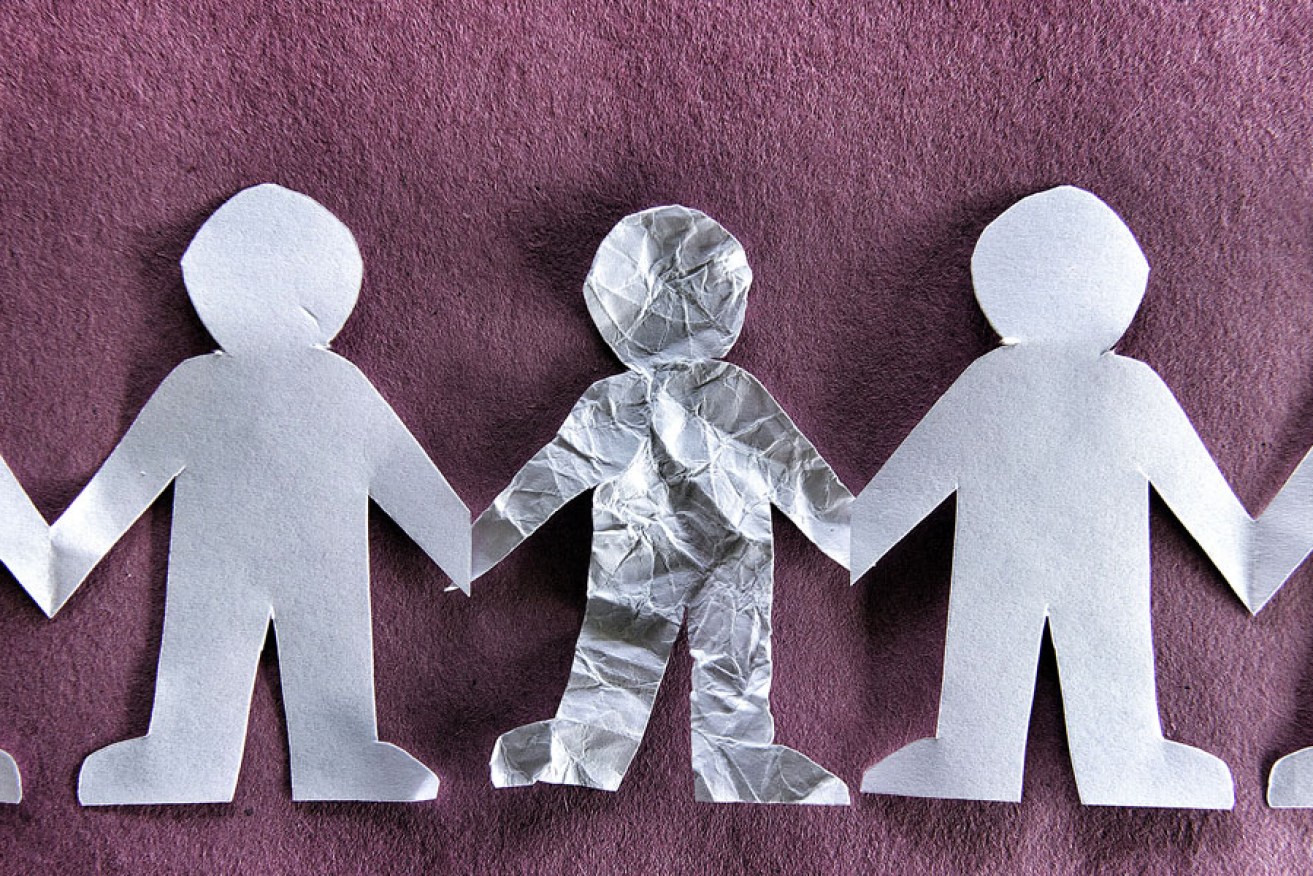South Australia has lost its mantle as a national leader in child and adolescent mental health services, sector experts say.
But they are confident the state can reclaim ground by changing leadership structures and ensuring a mix of health specialists within treatment teams, which had become more focused on management than clinical leadership.
This week an independent review of the Child and Adolescent Mental Health Service (CAMHS) delivered its final report, making 46 recommendations for improvement.
The report detailed feedback from workers who felt “devalued” and “de-professionalised” by taking on generic roles while others commented that the merger of southern and northern services in 2013 had felt “like a hostile takeover”.
The review was conducted largely in response to two Coronial inquiries that criticised the system after investigating the 2010 and 2012 suicides of two teenagers who were CAMHS clients.
Flinders University Associate Professor of Psychiatry Dr Stephen Allison said South Australia was no longer a frontrunner in the field of youth mental health services.
“Ten years ago South Australia actually was a leader in research and treatment of adolescent depression and suicide prevention,” Dr Allison said.
“We saw that we have that potential.”
Allison said the CAMHS review recommendations about adding clinical leaders – being psychiatrists – to the management structure of mental health teams would be positive for clients and also for the workforce. The report states mental health teams are made up of clinicians, nurses, social workers and administrative staff.
“(The review panel) admitted that the balance has swung toward to managerial approach and it should swing back toward clinical leadership,” Allison said.
“It would be valuable to see the organisation run by prominent professionals, people will want to work for it. That will attract more people.”
The report states there is a shortage of psychologists and psychiatrists in South Australia and that most clinical psychologists working in CAMHS were newly graduated or nearing retirement. Further, the psychiatrists who are involved with the system often felt “devalued, were not sure what their roles on the teams were” and had become disengaged.
The Women’s and Children’s Health Network governs CAMHS, provides the inpatient unit and oversees outpatient services.
Network director Naomi Dwyer said the vision of the organisation was to be a national leader in the area of child and adolescent mental health.
“The level of commitment and enthusiasm is very strong so there’s no reason why we can’t be,” Dwyer said.
She said feedback from the workforce about unclear roles and the need for a better staffing mix, and in particular a stronger representation of psychologists and psychiatrists, would be “respected”.
“One of our key strategies is about building a positive culture where staff are very connected and aligned.”
She said a workforce plan would be developed, along with an implementation plan due by the end of January 2015, in response to the review. It would focus on which professionals are needed and then a strategy to attract these people to the public sector.
“A workforce plan will be very clear about the skill mix required for each team and make sure that’s in place.
“We need to be a bit more systematic in our approach and to be active in recruiting and retaining all the skills that are required.”
The Australian Nurses and Midwife Federation SA Branch director of operations and strategy, Rob Bonner, said the sector had “slipped over the last 10-15 years”. He said the ANMF encouraged investment in the wellbeing of young people through proper staffing of mental health teams.
“To some extent there has been the view that a multidisciplinary team means that everyone can do everything,” Bonner said.
“Rather (the teams) should be individual members who have a distinct capacity that comes from training, experience and a knowledge base.
“We think that there’s still work to be done.”
The Public Service Association echoed support for multidisciplinary teams.
“The PSA welcomes the focus on skills mix and education within the allied health classifications,” senior industrial officer Josie Barbaro said.
The Women’s and Children’s Health Network will conduct consultation about the review’s recommendations until Christmas Eve.





